Deck & Commander Strategies
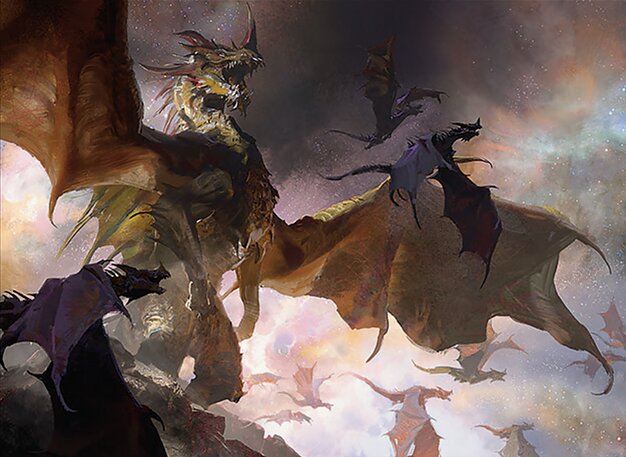
The Ur-Dragon
This deck aims to quickly deploy dragons and attack opponents with them.

Halana and Alena, Partners
The deck is centered around Gruul Smash strategy, focusing on aggressive plays.
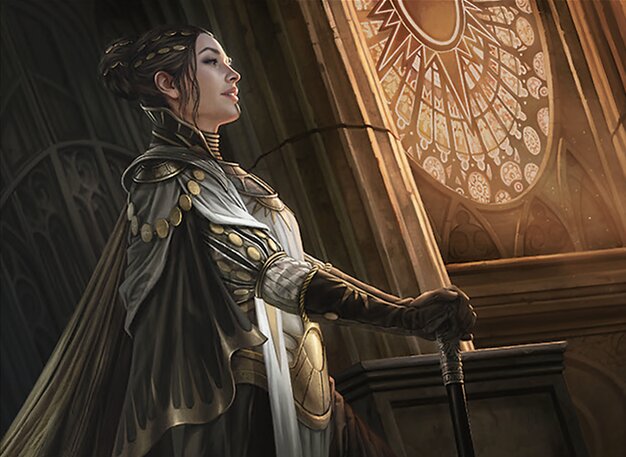
Teysa Karlov
This deck exploits death triggers for value, potentially creating a board of snakes and angels.
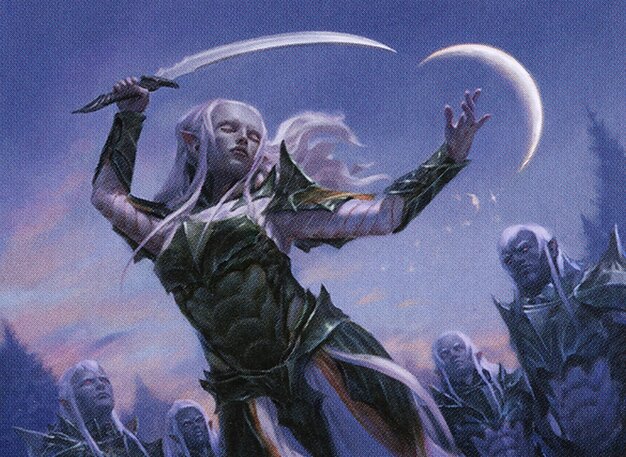
Trelasarra, Moon Dancer
Focused on life gain and creating large creatures to attack opponents.
Gameplay Insights
- 1
The play of Mother of Runes had a significant impact, offering protection and control over the board state.
- 2
The use of Ferexian Tower for a strategic sacrifice play.
- 3
Treasure Map was a key source of card advantage and ramp in the game.
- 4
Cleric Class and Authority of the Consuls played key roles in the life gain strategy.
Notable Cards
-
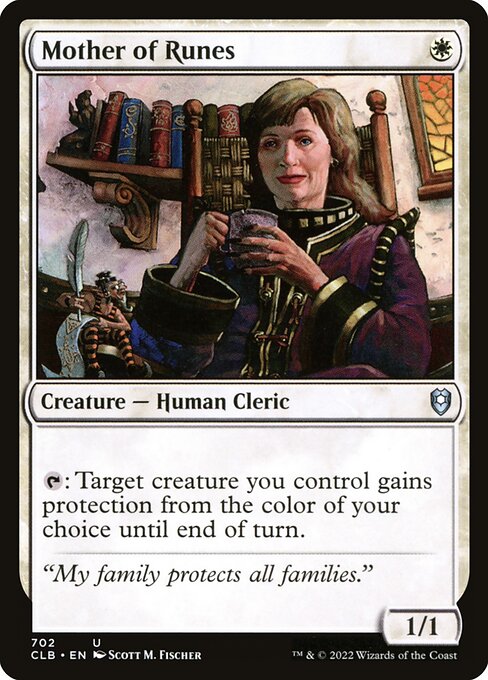
Mother of Runes
-
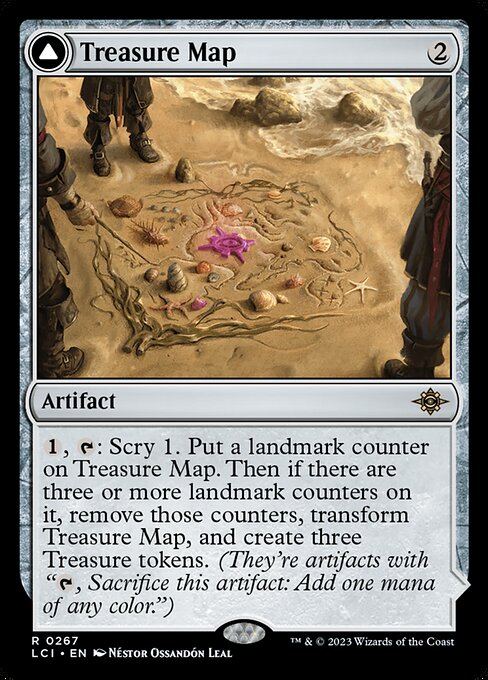
Treasure Map // Treasure Cove
-
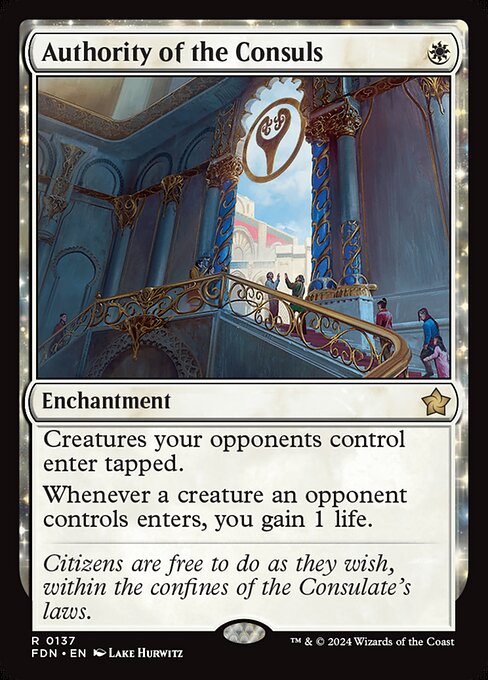
Authority of the Consuls
-

Nature's Lore
-
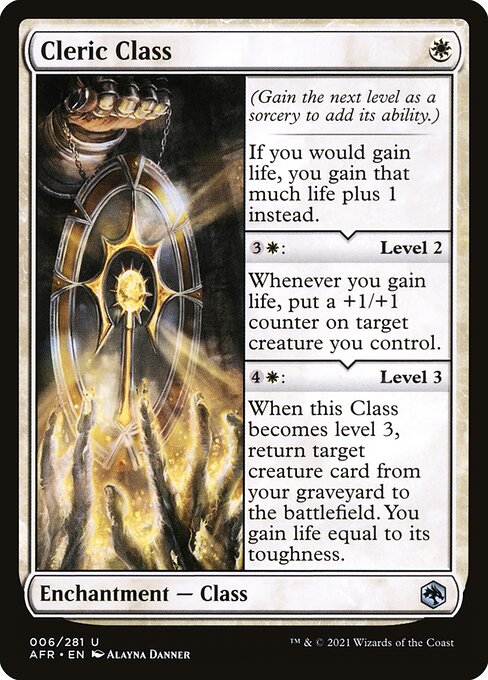
Cleric Class
Gameplay Summary
The game started with each player deploying their commanders and setting up their unique strategies.
Brian Kibler's Ur-Dragon deck was all about getting dragons out as quickly as possible and smashing opponents with them.
Amy, the Amazonian, was playing Halana and Alena focused on Gruul smash strategy.
Teysa Karlov was piloted with a strategy of gaining value from death triggers, potentially creating a board of snakes and angels.
Trelasarra, Moon Dancer was built around life gain shenanigans and aimed to create large creatures to attack opponents.
A key turning point in the game was when Mother of Runes was played, which usually tends to shift the game's tempo due to its ability to give protection from a color of choice.
The game was tightly contested with each deck showcasing its unique strategies and synergies, leading to various interactions and exchanges on the board.




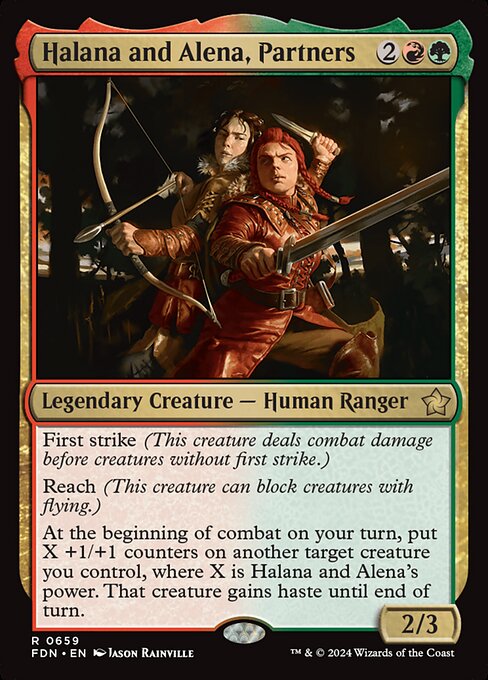






















![Commander VS S14E3: Teysa VS Rakdos VS Zegana VS Nikya [EDH] thumbnail](https://i.ytimg.com/vi/WPW4CHlykqI/sddefault.jpg)


![Commander Randomizer Part 2 [Commander VS 316] | Magic: the Gathering Commander Gameplay thumbnail](https://i.ytimg.com/vi/okRK1jVYfno/sddefault.jpg)











![Trelasarra vs Wilhelt vs Sefris vs Kaima [Budget EDH/Commander, MTG Gameplay 2022] thumbnail](https://i.ytimg.com/vi/3jTvJtQ7wDc/sddefault.jpg)


